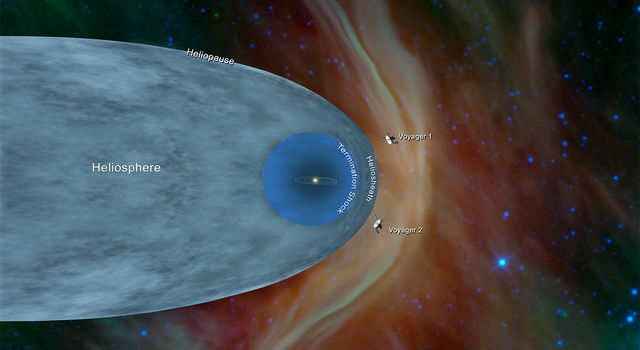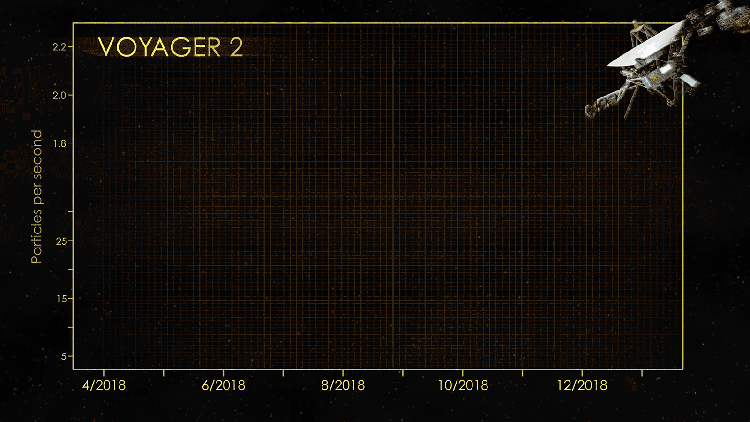On August 20, 1977, the NASA Voyager 2 Probe launched into space to study other planets. After passing through the orbits of Jupiter, Saturn, Uranus, and Neptune over the past 41 years. On December 10, 2018, the spacecraft exited the protective heliosphere bubble and entered into the deep region of interstellar space, a feat performed only once before by Voyager 1. Voyager project manager Suzanne Dodd explains the timeline of this historic mission.
Grand Tour Encore: Voyager 2, the only spacecraft to have visited Jupiter, Saturn, Uranus and Neptune, has left the Sun's bubble and joined me in interstellar space! https://t.co/2H9qMzogNY pic.twitter.com/dmDdNfbjLp
— NASA Voyager (@NASAVoyager) December 10, 2018
For the second time in history, a human-made object has reached the space between the stars. NASA’s Voyager 2 probe now has exited the heliosphere – the protective bubble of particles and magnetic fields created by the Sun….Voyager 2 now is slightly more than 11 billion miles (18 billion kilometers) from Earth. Mission operators still can communicate with Voyager 2 as it enters this new phase of its journey, but information – moving at the speed of light – takes about 16.5 hours to travel from the spacecraft to Earth. By comparison, light traveling from the Sun takes about eight minutes to reach Earth.









